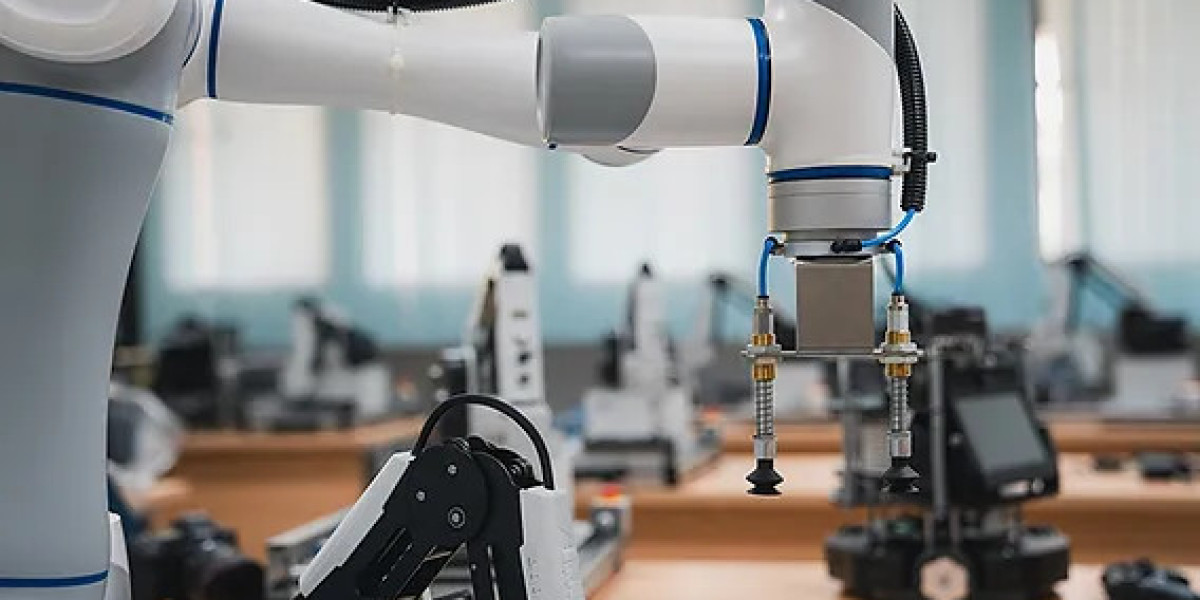In today's fast-paced industrial landscape, precision is no longer a luxury—it's a necessity. As companies strive for higher efficiency, lower error rates, and improved product quality, robotic arms are proving to be one of the most transformative technologies in modern manufacturing.
What Are Robotic Arms?
Robotic arms are programmable mechanical devices designed to replicate the movements and functions of a human arm. They can be fitted with various tools or sensors, allowing them to handle everything from welding and painting to delicate assembly and inspection tasks. These advanced machines bring a level of speed, consistency, and accuracy that human labor simply can’t match—especially when tasks require extreme precision.
Why Precision Matters in Manufacturing
In high-stakes industries like aerospace, medical devices, and electronics, even a minor manufacturing defect can result in significant losses or safety risks. That’s where robotic arms excel. With the ability to operate 24/7 without fatigue, they ensure that every component, no matter how small, is placed or processed with unmatched accuracy. This level of precision minimizes rework, reduces waste, and increases overall production efficiency.
Key Benefits of Robotic Arms in Precision Manufacturing
Consistency: Human workers can become tired or distracted, leading to errors. Robotic arms, on the other hand, maintain the same level of performance throughout each shift, ensuring consistent output.
Speed: Tasks that may take a human minutes can often be completed in seconds by robotic arms. This significantly boosts production output without compromising quality.
Safety: In environments where dangerous chemicals, high heat, or sharp tools are involved, robotic arms help reduce workplace injuries by handling hazardous tasks.
Cost Savings: Although the initial investment in robotic arms can be significant, companies typically see a strong ROI due to lower labor costs, fewer production errors, and reduced waste.
Robotic Arms in Action
From assembling microchips to performing laser-cutting tasks with micron-level precision, robotic arms are being deployed across diverse sectors. In the medical field, they help in creating intricate surgical instruments. In automotive factories, they handle everything from welding frames to installing engines. And in electronics manufacturing, robotic arms are responsible for placing tiny components on circuit boards with extreme accuracy.
The Future of Robotic Arms in Manufacturing
As AI and machine learning continue to evolve, the capabilities of robotic arms are expected to grow even further. Future systems may adapt to changes on the fly, correct mistakes in real-time, and even collaborate more naturally with human workers in shared spaces.
Moreover, the integration of vision systems, force sensors, and cloud connectivity means that robotic arms are not just executing tasks—they are learning and improving with every cycle.
Conclusion
Robotic arms are no longer just tools of automation; they are essential partners in the quest for flawless manufacturing. By enhancing precision, boosting productivity, and ensuring safety, robotic arms are helping industries meet modern demands with confidence and speed. As this technology continues to advance, one thing is clear: the future of precision manufacturing will be built—quite literally—by robotic arms.







